Text

before the storm
ko-fi | twitter | instagram | main tumblr
5K notes
·
View notes
Text
Shipping Container Prefix
All containers have a prefix followed by a serial number which taken together are generally referred to as the container number. This number enables operators and shippers to identify and track equipment which is used in the movement of cargo. The prefix and container numbers are also used on all documentation for shipping and custom clearance and in many instances in Letters of Credit (LCs).
The number can be found on each side of the container, the roof, the inside panels and is also stamped on the CSC Plate of the container.
The term prefix customarily refers the first 4 letters also known as the alpha prefix and is usually attached to a line or asset owning entity. It should be noted that while the prefix might give an indication as to who owns or controls a container it does not constitute a title to the container (the CSC plate usually lists the owner’s name).
Lets look at a container number in more details. A CSI unit might be numbered as 200082

The above includes these four components:
The Owner code consisting of 3 capital letters must be unique and registered with the International Container Bureau (BIC). If absent, the container cannot be identified.
A Product group code consisting of one capital letter U, J or Z (U – for all freight containers // J – for detachable freight container equipment // Z – for trailers and chassis)
A Registration number (or serial number) consisting of only 6 digits.
The Check digit always consists of a single-digit number and is highlighted in a box. This is to verify the owner code, product group code and registration number were accurately transferred. No container number will be accepted in a data processing system if the check digit does not match. This was built in to ensure that a number of transmission errors cannot cancel one another out.
Although the system has been around for quite a while, the check digit is still a mystery to a lot of people in our industry.
Below is a table that will enable you to calculate a check digit and make sure that your container is properly prefixed.

A numerical value is assigned to each letter of the alphabet, beginning with 10 for the letter ‘A’. (”11” which is a prime number is left out of the value assignments as a specific role has been reserved for it).
The value of each letter is then multiplied by a multiple (all powers of 2) and all added together to form a total (Total1). That total is then divided by 11 (the prime number we just talked about…). You then take the integer portion of the result of that division, multiply it by 11 and deduct that from your Total1 to obtainer your check digit… Guess that language reminds you of some classes you may have taken a long time ago.
As the above table shows, applying this formula to CSIU200082 will give you 0 (zero) as a check digit.
If you want an excel spreadsheet that can do all this for you just drop us a note, we will be happy to share it with you.
There are two things you want to make sure of are:
1) that the prefix on your container is valid and registered with BIC (Bureau International des Conteneurs)
International customs regulations require containers to carry an ISO COMPLIANT CONTAINER MARKING in order to be eligible for the transportation of goods under custom seal and to be compliant with ISO defined markings prefixes have to be registered…
While most customs officials are not too particular on this subject, you will find countries where officials INSIST that the prefix used be REGISTERED with BIC.
Prefixes like XXXU and NONU have often been used, but by doing so you are putting yourself at a risk of being found non-compliant. While most of the time the prefix registration will not be a problem… it could…
Believe me you don’t want to have to re-prefix a container while it is on its way under a Bill of Lading (BL) and in the control of customs halfway around the world (we have learned the hard way). This can be especially problematic if an LC is used for the cargo in that container…
2)that the prefix on your container is not that of the line you are shipping with.
Shipping line computer systems manage the containers based on prefix and number. If you ship a shipper owned container (SOC) with a line whose prefix is on the container, the computer systems might recognize it as one of its own containers rather than a SOC – SHIIPPER owned container.
The main problems that could result from this confusion could be improper tariffs being used for the container or the container being improperly handled at destination and returned to the line by the consignee or the trucker
Credit
1 note
·
View note
Text
Glossary - Container World Useful Terms
1. Approved Continuous Examination Program (ACEP)
The container inspection scheme used by most major ocean carriers and container sellers to ensure safety for the container’s trip
2. ACEP database
https://www.bic-acep.org/
3. American Bureau of Shipping (ABS)Classification society
ABS website https://www.eagle.org/
4. BIC - Bureau International des Containers.
Paris based organization that maintains the official registry of alpha container prefixes used to identify containers.
www.bic-code.org/
5. Bureau Veritas (BV)Classification society
BV website www.bureauveritas.com/
6. Carrier Owned Container (COC)
A container owned or leased by a shipping line – new or used – to transport goods by providing both the container and the transportation service. COC is the opposite of an SOC, and will generate demurrage and detentions costs which an SOC will not.
7. CW or Cargo-Worthy Certificate
Certificate issued by a surveyor pursuant to an inspection confirming a container is suitable for transportation under TIT / UIC / CSC….Example of CW certificate
8. CW or Cargo-Worthy repair criteria
Repair criteria that is less stringent than the IICL standard, but under which a container still complies with ISO, CSC, etc…. and can still fill the role set out in its original specification.USCG National Container inspection program
http://www.uscg.mil/directives/cim/16000-16999/CIM_16616_11C.pdf
9.Classification Society
Organization that certifies that new containers are built in accordance with the specifications that were issued and that they meet the CSC requirements as well as other requirements set forth in the specifications. The classification society will verify specifications prior to production, attend and verify production, and witness prototype testing.Example of Classification society certificate
10. Container Specification
Complete description of components and assembly methods used in the production of new containers.
11. Container surveyor or inspector
Professionals whose function it is to evaluate containers and asses possible damages against a criteria that has be set for them by their principal.
COR-TEN® or CORTENCOR-TEN® is a registered trade mark of the United States Steel Corporation. Commonly referred to as CORTEN this type of steel is carbon enriched to make it stronger (than mild steel) and more resistant to corrosion.
www.ussteel.com
12. CSC Convention for Safe Containers.
The 1972 Convention for Safe Containers to maintain a high level of safety of human life in the transport and handling of containers by providing generally acceptable test procedures and related strength requirements and to facilitate the international transport of containers by providing uniform international safety regulations.IMO International Maritime Organization
http://www.imo.org/blast/mainframemenu.asp?topic_id=564
13. CSC Plate
Refers to the plate affixed on the door of a container which records containers serial number, technical data (MGW, tare, payload) manufacture data, owner data and date of last CSC inspection.Example of a CSC plate
14. Demurrage
Fees charged when containers are left inside the terminal for longer than the agreed free days and applicable to all containers that remain at the terminal.
15. Detention
Fees charged when containers are held outside the terminal longer than the agreed free time. All units will continue to be charged daily while in the custody of the consignee until returned to the shipping line.
16. DPP – DamageProtection Plan
Damage protection offered by containers lessors who are not “technically” allowed to offer insurance which is a regulated market.
17. EIR or Equipment Interchange Receipt
Document established at the time a container arrives in or leaves from a depot that will serve to document the transfer of responsibility. While not systematic, most EIRs will record the verification of a container’s condition at the time of transfer.
18. FEU Forty-foot Equivalent Unit
2 TEU = 1 FEU
Example of a 40′
40’HC Containers
9’6” high
19. Free on Truck or FOT
Generally accepted acronym (not an INCOTERM) that implies that containers are delivered on to the truck and that implies that the seller would be responsible for the cost of handling to load the container on to the truck
20. Germanischer Lloyd (GL)Classification society
GL website www.dnvgl.com/
Handling (depot)Act of loading or unloading a container onto or from a truck at a depot (normally done for a fee…).
21. IICL - Institute of International Container Lessors.
Washington DC based organization which groups the largest container & chassis leasing companies in the world . IICL sets repair standards, by which all repairs are carried out, for its members when containers are off hired. Criteria is also used for equipment interchanges between operators. The current edition of their directive is IICL 5.IICL website https://www.iicl.org/
22. IICL repair criteria
Detailed repair criteria issued by the IICL which defines clearly which repairs should be performed on in fleet containers. Criteria addresses all structural aspects as and sets stricter limits on dents or paint damage which are acceptable
23. ISO International Standardization Organization.
International Organization based in Geneva that works towards harmonizing worldwide technical standards including those governing the construction of shipping containers.
24. ISO website http://www.iso.org/iso/home.htm
25. MGW (Container)The maximum weight allowable for a loaded container.
26. Payload (Container)The maximum weight of cargo that can be loaded in a container (Payload = MGW – Tare)
27.Prefix (container alpha prefix) Part of the identification of a container which refers to the 4 letters that proceed the 6 digit serial number and check digit Detailed information about prefixes
28. RAL color coding
RAL is a color matching system first established by Reichs-Ausschuß für Lieferbedingungen und Gütesicherung (German Institute for Quality Assurance and Certification) in 1927 . It is commonly used to select the color of the coating applied on shipping containers.
http://www.ralcolor.com/
29. Shipper Owned Container
(SOC) A container owned or leased by the shipper – new or used – to transport goods. With SOCs, shipping lines are contracted to provide only the transport service. SOC is by opposition to COC.
SPA-H Superior atmospheric corrosion-resistant steel as defined by the Japan Iron and Steel Federation (JIS) Standard. Generally considered the Equivalent of COR-TEN®.JIS website www.jisf.or.jp/en/
30. Survey Report
Report established a by a surveyor after inspection with a view to documenting condition of the container and generally serving to establish whether the container is suitable for transportation or not.Example of a Container Survey
31. Tare (Container) Weight of an empty container.
32. TCT Timber Component Treatment.
Quarantine regulations established by the Australian health ministry (AQIS = Australian Quarantine and Inspection Service Department of Agriculture, Fisheries and Forestry). Includes detailed requirements for the treatment of container’s wooden floors to avoid the proliferation of pests. Required for the containers to be able to transit through Australia
Australian Government department of Agriculture
http://www.daff.gov.au/biosecurity/import/cargo
33. TEU Twenty-foot equivalent unit.
Usually refers to a Standard (although could be special) container of 20 feet in length. Commonly used to express vessel capacity or throughput at container factories and ports. Example of a 20′
34. TIR - Transports Internationaux Routiers (International Road Transport).
An international harmonized system of Customs control that facilitates trade and transport whilst effectively protecting the revenue of each Country through which goods are carried. In order for containers to be able to transport goods under custom seal they need to meet TIR requirements. IRU website https://www.iru.org/tir
35. UCIRC Criteria
Unified Container Inspection and Repair Criteria (UCIRC) is an International Chamber of Shipping guide available to be used for in-service and on/off hire inspections
36. UIC
Union International des Chemins de Fer (International Union of Railways).
Containers need to meet UIC requirements in order to be able to transport goods on the rail.UIC website http://www.uic.org/
37.WWT or Wind and Water Tight repair criteria
Criteria under which containers would literally be “Wind and Water Tight”. This commonly used criteria makes no reference to the quality of understructure of the container and should therefore not be considered as safe for the transport of cargo unless it was explicitly confirmed that containers meet the CSC.
1 note
·
View note
Photo










“Naia I” & “Naia II,” Playa Hermosa, Cobano, Puntarenas Province, Costa Rica,
Studio Saxe
492 notes
·
View notes
Photo

My little cacti are so resilient through all the sunshine and occasional missed waterings! 🌵 You’re resilient like our little cactus friend too!
Chibird store | Positive pin club | Webtoon
2K notes
·
View notes
Photo









Concrete Plinth House, Hackney, East London, United Kigdom,
DGN Studio
363 notes
·
View notes


























